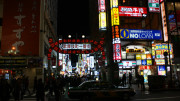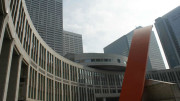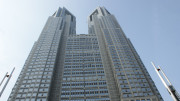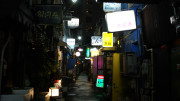The Japan National Stadium (formerly known as the National Kasumigaoka Stadium or National Olympic Stadium) is located in Shinjuku and has been one of Japan’s most iconic sports venues for decades. It was originally built for the 1958 Asian Games and later served as the main stadium for the 1964 Tokyo Olympics—the first Olympic Games ever held in Asia.
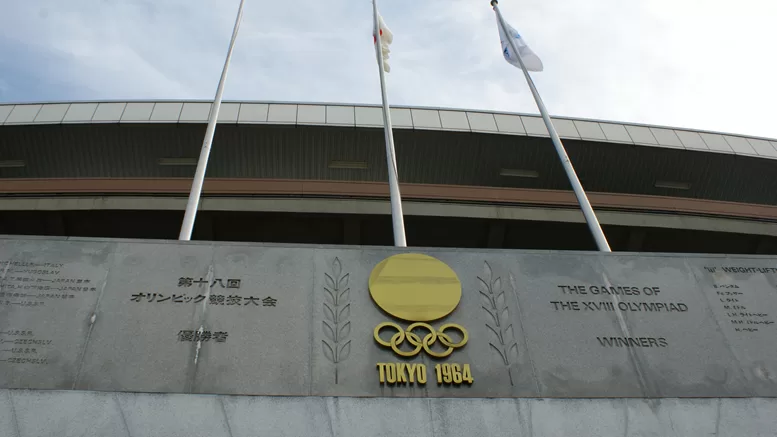
Although Japan was originally set to host the 1940 Winter Olympics in Sapporo, the games were first moved to St. Moritz, Switzerland, before ultimately being canceled due to World War II. Japan eventually hosted the Winter Olympics in Sapporo in 1972 and again in Nagano in 1998. While several Japanese cities have bid for the Summer Olympics, Tokyo’s 1964 Games remained the country’s only summer event—until Tokyo successfully hosted the 2020 Summer Olympics (held in 2021 due to COVID-19).
To prepare for the Tokyo 2020 Olympics, the original National Olympic Stadium was demolished in 2015 and replaced with a brand-new, state-of-the-art facility, designed by architect Kengo Kuma. The new stadium officially opened in December 2019 and now seats around 68,000 spectators.
Today, it serves as a multipurpose sports venue, hosting international soccer matches, athletics events, and major tournaments. One of the biggest annual events is the Emperor’s Cup final on New Year’s Day, as well as the J.League Cup final in November.
Japan Olympic Museum & Stadium Tours
Located near the stadium, the Japan Olympic Museum offers a fascinating look at Japan’s Olympic history. Spread over two levels, the museum includes:
- Scale models of ancient Olympia
- Memorabilia from past Olympic Games
- Olympic torches, medals, and uniforms
The museum also offers stadium tours, allowing visitors to explore behind the scenes. It is open most days during business hours but closed on certain Tuesdays.
Access:
- JR Chuo-Sobu Line: 5 min walk from Sendagaya or Shinanomachi Stations
- Toei Oedo Line: 1 min walk from Kokuritsu-Kyogijo Station (E25)
- Tokyo Metro Ginza Line: 7 min walk from Gaiemmae Station (G03)
- From JR Yamanote Line: Transfer to the Chuo-Sobu Line at Yoyogi Station—Sendagaya is just one stop away
Stadium Tour Website:
https://jns-e.com/kokuritu-tours/
Olympic Museum Website:
https://japan-olympicmuseum.jp/en/

